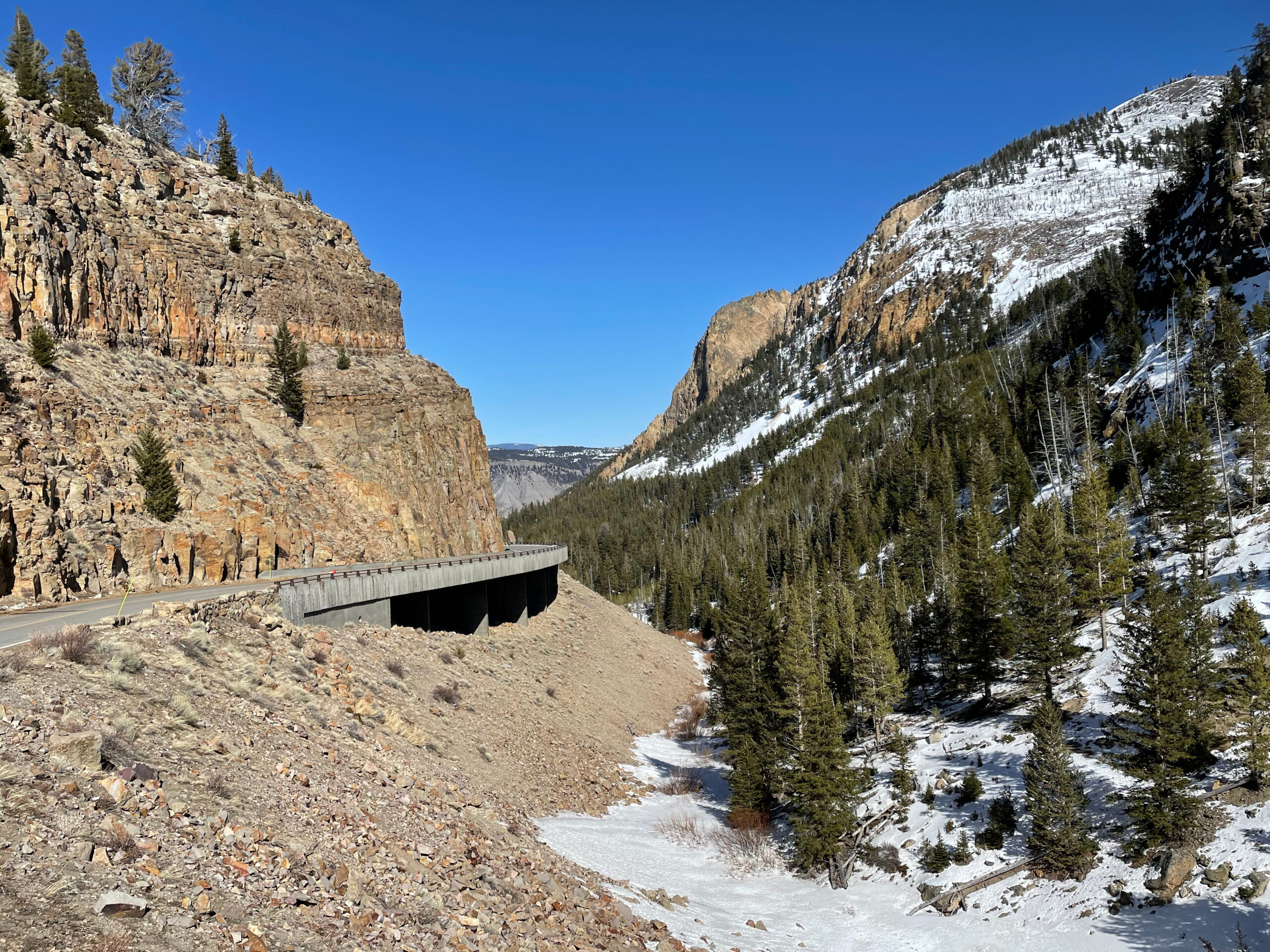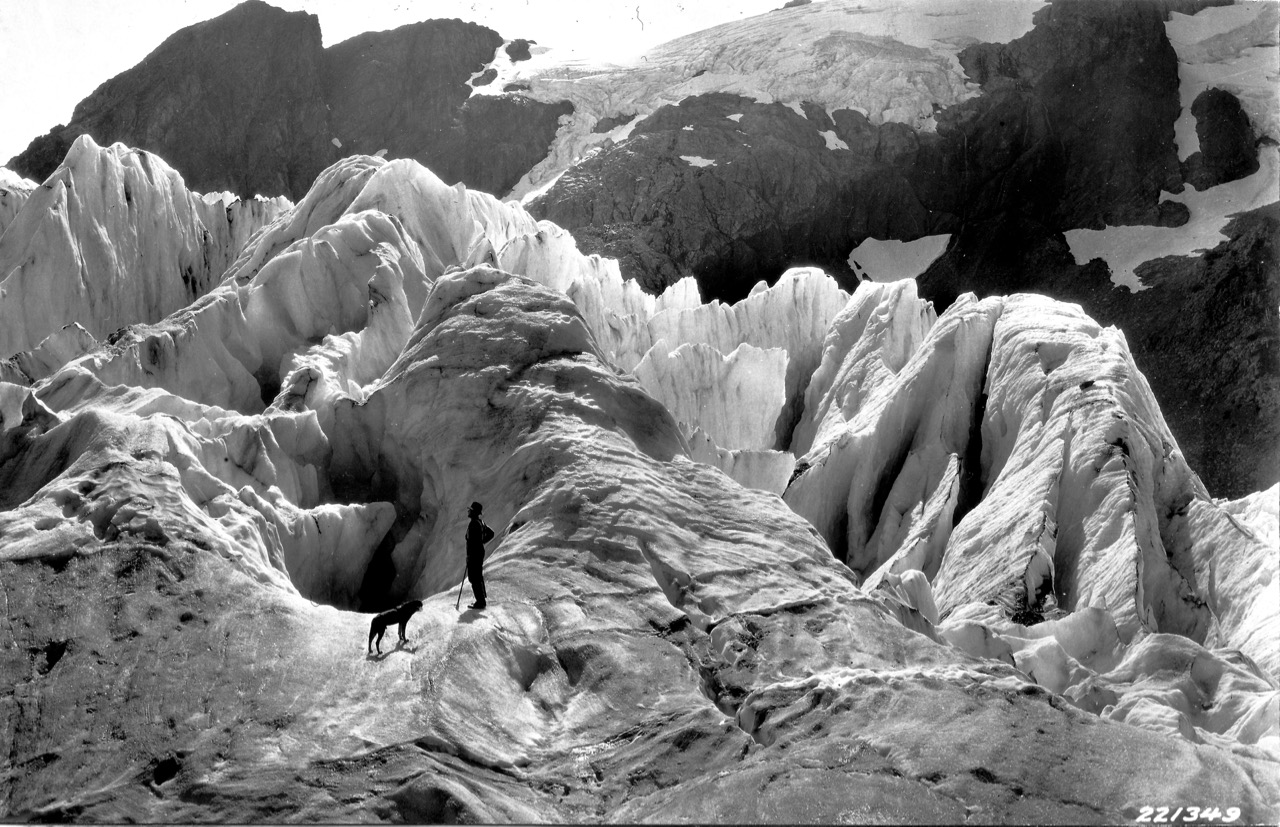On Friday, April 7th, road runners and bicyclists will have a unique chance to access a section of Yellowstone National Park’s interior. Each spring, as plow crews make their way through the west side of the park’s interior roads, the park staff begins to open the roads to pedestrians. While the date is always up in the air as to when riders and runners will be able to enjoy the park’s pavement, sans cars, it always happens and is always a welcomed sign that spring is truly here. Even if the weather may say otherwise.
WHERE SHOULD YOU GO?
For those looking for flat, easy miles, I strongly suggest grabbing a bike or getting you running gear together and heading into the park at West Yellowstone. The road here is mostly flat for the 13 miles it takes to reach Madison Junction. The views are stellar, the experience is incredible and you’ll more than likely see bison, elk and maybe more. You’ll be along the Madison River for almost the entire time, helping to forge a deeper connection with this already well-loved area.
Those hoping for a big hill, then some great flat stitches with sweeping views should head up the road from the Upper Terrace at Mammoth Hot Springs. Those wanting a super long day can ride all the way to Norris Hot Springs, 21 miles away. I tend to do this as a run, heading up through the Golden Gate, through Swan Lake Flats, all the way to Sheep Eater Cliffs along the Gardiner River before heading back. This route is roughly 13 miles with a little less than 1,000 feet of elevation gain.
AN IMPORTANT NOTE
Before I jump in to the official press release form Yellowstone National Park, I do want to reiterate a very important part of their message:
Bears, bison, elk, moose and other wildlife use roads as travel corridors when the snow is deep. They are stressed and weak due to the severe winter of above-average snowpack and continued cold temperatures. Be mindful as they endure this hardest part of the year. Higher than usual snowbanks prevent them from easily moving off the road. Do not crowd or push wildlife and be prepared to wait or turn around.
You will, more than likely, encounter wildlife on the road and they will have no real way to leave the pavement.
Do not try to pass them.
Do not tail them.
Turn around and end your day.
THE PRESS RELEASE
Beginning Friday, April 7, bicyclists willing to brave the unpredictable weather of spring in Yellowstone National Park can ride 49 miles between the West Entrance in West Yellowstone, Montana, and Mammoth Hot Springs.
The following roads between the West Entrance and Mammoth Hot Springs will open to bicycling:
- West Entrance to Madison Junction
- Madison Junction to Norris Junction
- Norris Junction to Mammoth Hot Springs
As conditions allow, bicycles will also be permitted from the East Entrance to the east end of Sylvan Pass (6 miles). Check the biking web page for updates.
Bicycles are not allowed on the remaining park roads until they start to open to public automobiles at 8 a.m. Friday, April 21. Check park roads for spring opening dates.
Ride Safely
Bears, bison, elk, moose and other wildlife use roads as travel corridors when the snow is deep. They are stressed and weak due to the severe winter of above-average snowpack and continued cold temperatures. Be mindful as they endure this hardest part of the year. Higher than usual snowbanks prevent them from easily moving off the road. Do not crowd or push wildlife and be prepared to wait or turn around.
- Stay at least 100 yards away from bears and wolves and 25 yards away from all other wildlife.
- Carry bear spray and know how to use it.
- Travel during daylight hours only.
- Ride single file and use extreme caution. Expect administrative vehicles such as snowplows, heavy equipment, contractor and employee traffic. Roadway shoulders are narrow, and curves can limit visibility.
- Watch for quickly changing weather conditions and the possibility of temporary road closures. Snow and ice may cover sections of road.
- No services will be available, except limited restrooms. Plan for self-rescue or repair. Cell phone coverage throughout the park is sparse and unreliable for communicating emergencies.
- Prepare to spend an extended period in winter conditions in the event of a mechanical breakdown, injury or other emergency.



